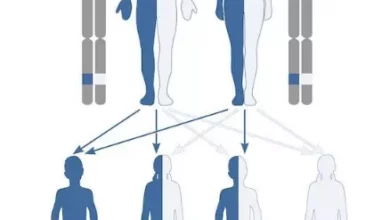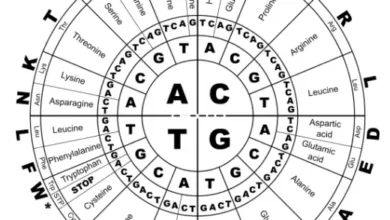They discover the key to why the amount of carbon dioxide was lower in the ice age
Since researchers have determined that atmospheric carbon dioxide was significantly lower in ice ages than in warm times, a reason had yet to be found. The theory was that it could be a function of ocean circulation, ocean ice, iron load, or temperature .
However, so far no existing evidence-based computer model has been able to explain why CO2 levels were a third lower in the ice age.
A new study published this week in Science Advances shows compelling evidence: the combination of varying water temperatures and iron dust from the southern hemisphere continents.
Iron and temperature key to the concentration of carbon dioxide in the atmosphere
“Many of the previous studies that looked at ocean temperatures assumed that ocean temperatures were cooling at the same rate around the world – about 2.5 degrees (degrees Celsius),” said Andreas Schmittner, a climatologist at Oregon State University and co-author on the study. “When they ran their models, the temperature represented only a small amount of CO2 decrease in the atmosphere.”
“We now know that the oceans got much colder in some regions, down to five degrees (C) in the mid-latitudes. Since cold water has a higher degree of CO2 solubility, it has the potential to absorb much more carbon from the atmosphere, and found that they absorbed more CO2 than their potential accounted for.
Schmittner and his colleagues estimate that colder ocean temperatures account for about half of the decrease in CO2 during the last glacial maximum. They say that another third or so was caused by an increase in iron-laden dust coming off the continents and “fertilizing” the surface of the Southern Ocean. An increase in iron would increase the production of phytoplankton , absorbing more carbon and depositing it deep in the ocean .
[box type = »shadow» align = »» class = »» width = »»] Iron is one of the limiting factors for phytoplankton growth, so its concentration is key. The greater the amount of plankton and phytoplankton, the greater the amount of carbon dioxide fixed from the atmosphere.
The researchers’ models suggest that this combination represents more than three-quarters of the reduced amount of CO2 in the atmosphere during the last ice age. During the last glacial maximum, CO2 levels were approximately 180 parts per million, while levels in 1800 (19th century), just before the Industrial Revolution, were approximately 280 parts per million.
Schmittner said that the remaining amount of carbon reduced can be attributed to variations in the availability of nutrients and / or alkalinity of the ocean.
“The increase in iron was probably due to ice moving across the landscape in Patagonia, Australia and New Zealand, pulling it out of rocks and soil,” said Schmittner. “Since it was very cold and dry, the wind would have picked up this dust and deposited it in the ocean.
“Our three-dimensional model of the global ocean agrees with observations of ocean sediments from the last glacial maximum, giving us a high degree of confidence in the results.”
The researchers say that when Earth cooled during the last ice age, the oceans naturally cooled as well, except near the polar regions, which were already as cold as they could possibly freeze.
During warm phases, the difference in ocean surface temperatures between high and mid-latitudes was significant.
As warmer water moves toward Antarctica and begins to cool, lost heat enters the atmosphere , increasing the ocean’s potential to absorb CO2.
“It’s like when you take a beer out of the refrigerator,” said Schmittner. “As it heats up, the bubbles come out. Carbon dioxide is a gas and can dissolve in water and enter the ocean from the atmosphere, and it is more soluble in colder water .
But that process takes time and therefore “The ocean does not realize its full potential to absorb CO2 in the waters around Antarctica that fill much of the deep ocean.”
When the mid-latitude oceans began to cool, they began to absorb more CO2 from the atmosphere and emitted less because colder water is more soluble in CO2.
“It was the perfect combination that can explain almost exactly why CO2 levels were about a third lower during periods of the ice age, ” said Schmittner.




